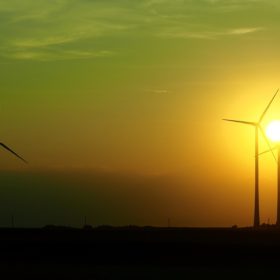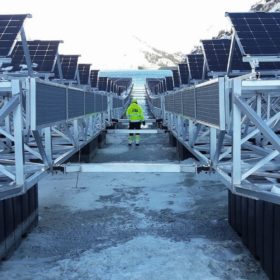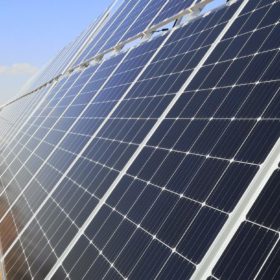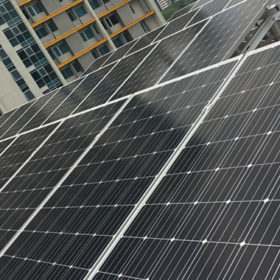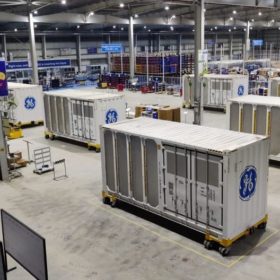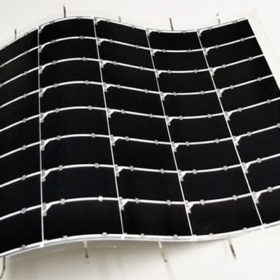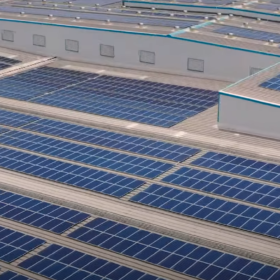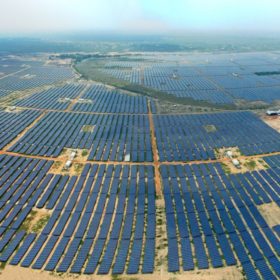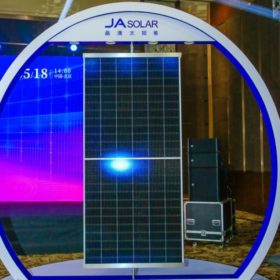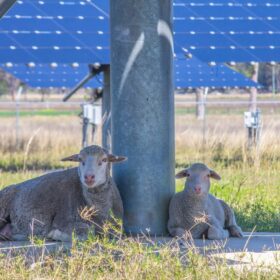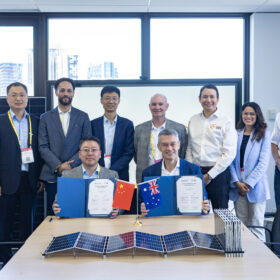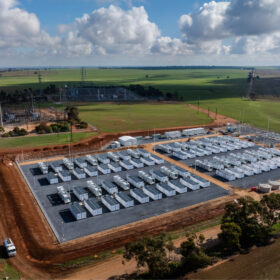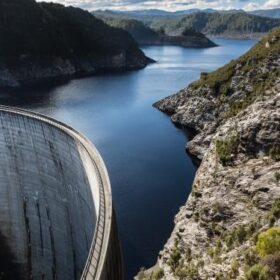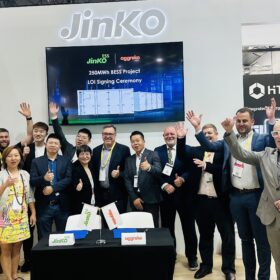Tenders for floating PV, storage, hybrid wind-solar projects in India
Solar developers have until July 15 to express interest in developing 105 MW of grid-connected floating solar in the Indian state of Maharashtra.
Weekend read: keeping FPV afloat
In many parts of the world, project developers and owners are increasingly looking to floating PV as the next long-term growth market in utility-scale solar. Gian Schelling, global business development manager for Hitachi Energy, says that PV-on-water can rise above the current challenges it faces by drawing on the lessons learned from offshore wind development.
Jolywood scraps solar plans in Indonesia
Jolywood has cancelled a plan to invest in solar cell and panel production in Indonesia, while Hangzhou First Applied Material has said that it will invest US$226 million (AU$324 million) in the expansion of its EVA film output capacity.
Longi signs 1 GW of orders in Bangladesh
Longi Solar has secured about 1 GW of new PV module supply orders in Bangladesh.
General Electric to triple solar, battery production capacity in India
The US multinational will expand the solar and battery energy storage manufacturing capacity at its factory in Tamil Nadu to 9 GW per annum by the end of 2022. The factory manufactures the FlexInverter power conversion solution and the FlexReservoir utility-scale energy storage systems.
Sharp achieves conversion efficiency of 32.65% in flexible, lightweight solar module
The new prototype uses a triple-junction compound design, which sandwiches the solar cell between layers of film. The module is expected to be used in a variety of vehicles, an application that demands high efficiency and lightweight construction. Its conversion efficiency bests that of a similar Sharp module developed in 2016, which notched an efficiency of 31.17%, at the time a world record.
India installed 456 MW of rooftop solar in Q1
India’s rooftop solar installations increased by 34% year on year in the January-March period, despite a 17% increase in system costs.
Melbourne-based 8 Star Energy set to shine in Europe
Melbourne-based 8 Star Energy has been announced as a distribution partner alongside Germany-based Memodo as world leading battery brand Energizer launches its Energizer Solar PV portfolio across Europe.
Adani Green switches on 390 MW wind-solar hybrid power plant in India
Adani Green’s new 390 MW wind-solar project will supply electricity under a 25-year power purchase agreement with Solar Energy Corp. of India (SECI), at a tariff of INR 2.69 ($0.049)/kWh.
JA Solar introduces n-type solar panel with 22.4% efficiency
JA Solar said the smallest solar panel in its new n-type product line has a power output of 435 W and a power conversion efficiency of 22.3%. The largest module in the series has an efficiency rating of 22.4% and 625 W of nominal power. Their temperature coefficient is -0.30% per degree Celsius.
